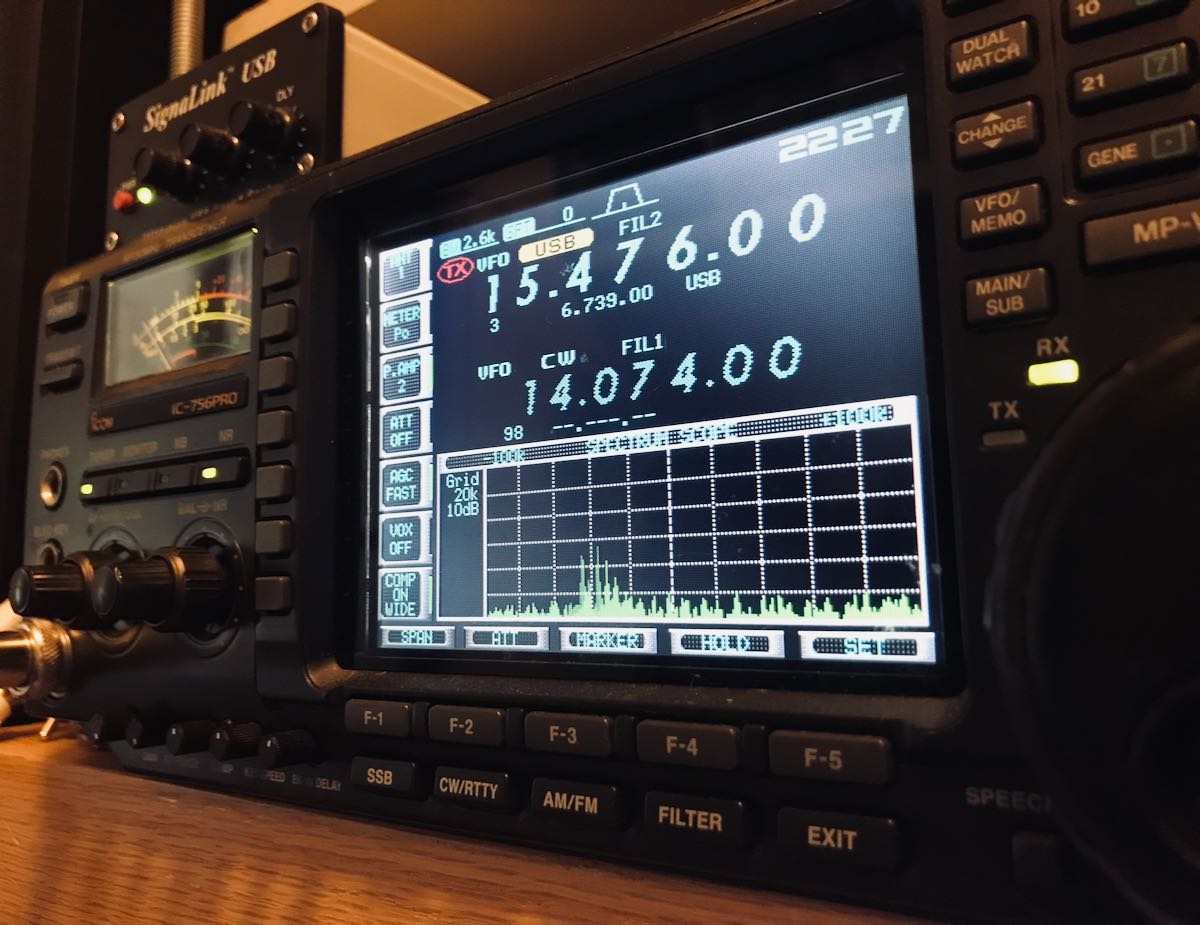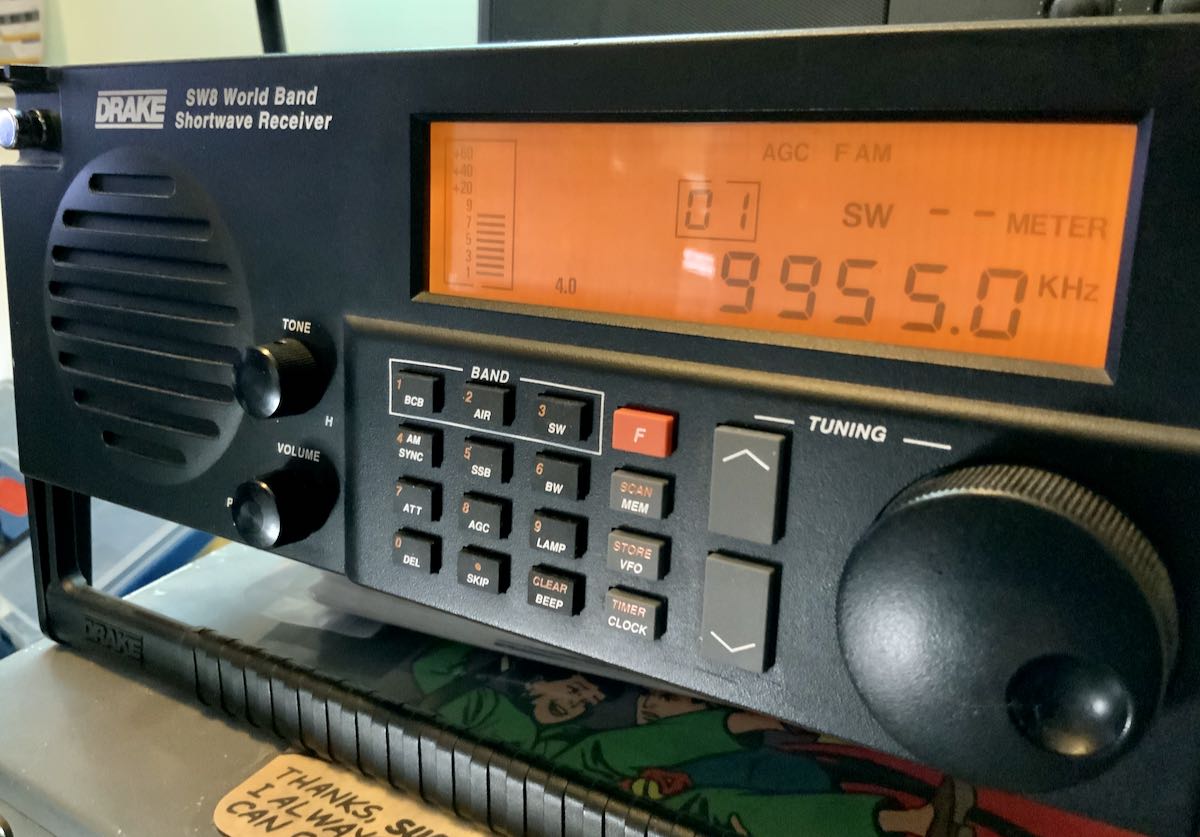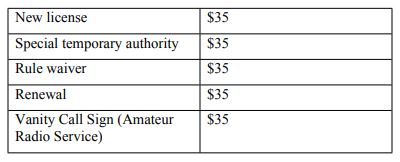 (Source: FCC – Commission Documents)
(Source: FCC – Commission Documents)
DA 22-307
Released: March 23, 2022
EFFECTIVE DATE OF NEW APPLICATION FEE RATES FOR THE
WIRELESS TELECOMMUNICATIONS BUREAU
MD Docket No. 20-270
On December 23, 2020, the Commission adopted a Report and Order implementing a new application fee schedule which significantly updated the Commission’s previous fee schedule. As indicated in the 2020 Application Fee Report and Order, the new application fee rates will become effective when the Commission’s “information technology systems and internal procedures have been updated, and the Commission publishes notice(s) in the Federal Register announcing the effective date of such rules.” On July 6, 2021, the Commission announced the new application fee rates for the Office of Engineering and Technology and the Media Bureau would become effective on July 15, 2021, and on December 15, 2021, the Commission announced the new application fee rates for the Wireline Competition Bureau, the Enforcement Bureau, the International Bureau, and CALEA Petitions would become effective on December 15, 2021. This Public Notice announces that the new application fee rates for the Wireless Telecommunications Bureau, codified at 47 CFR § 1.1102, will become effective on April 19, 2022. Wireless application fees can be paid through the Commission’s Universal Licensing System (ULS) at https://www.fcc.gov/wireless/universal-licensing-system.
For further guidance regarding Wireless Telecommunications Bureau application fees, please refer to the Wireless Telecommunications Bureau Fee Filing Guide located at https://www.fcc.gov/licensing-databases/fees/application-processing-fees. For further information regarding this Public Notice, please contact Roland Helvajian, Program Analyst, Financial Operations, Office of the Managing Director, [email protected].





